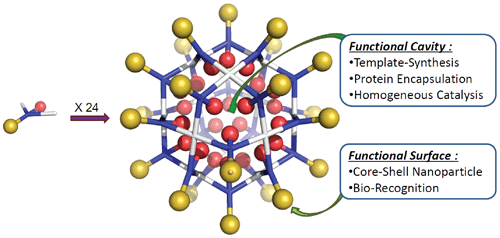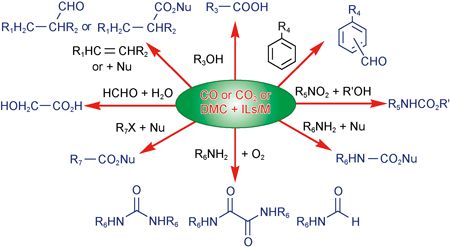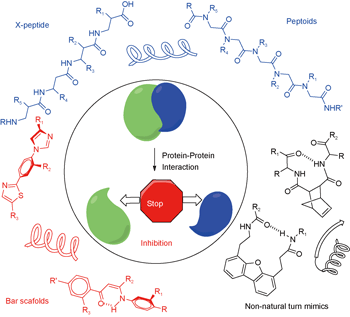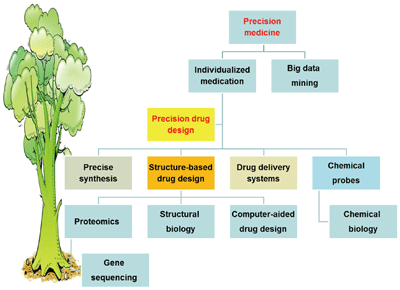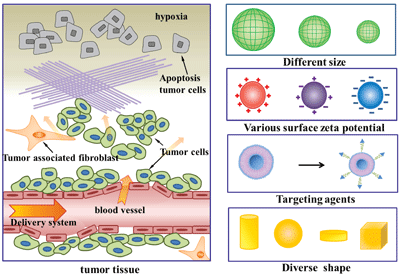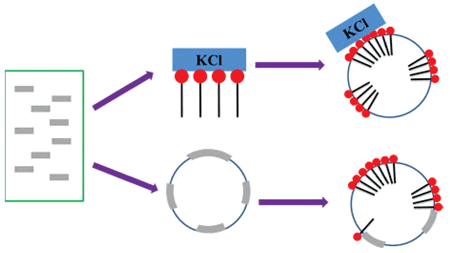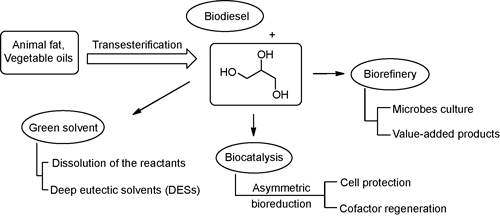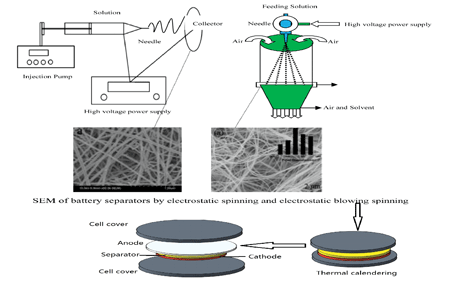Ionic liquids have been widely applied as an alternative reaction medium as well as environmentally benign catalysts of chemical transformations due to their favorable properties of excellent solubility, strong complexing activity, good thermal and chemical stability over a wide temperature range, modifiable, low corrosion and environment-friendly. Ionic liquids also possess the advantageous characteristics of both homogenous and heterogeneous catalyst system, such as uniform catalytic active centers, easy separation and recyclability. In this review, the latest achievements in the carbonylation reactions and catalytic reaction mechanism in ionic liquids are summarized,mainly including the carbonylation of alkene, alcohol, arene, amines/amino alcohols, halogeno-arenes, and formaldehyde with CO, CO
2, and dimethyl carbonate as carbonyl source. As for the type of task-specific ionic liquids, the review focuses on acidic ionic liquids, basic ionic liquids, organometallic ionic liquids, supported ionic liquids and so on. The previous progress show that there are several merits for the application of ionic liquids in the carbonylation reactions, which not only improved the catalytic activity and selectivity of reaction, but also simplified the work-up, and facilitated the separation and reuse of traditional catalyst. Furthermore, the prospective to the development and application of ionic liquids in the carbonylation reactions is also discussed.
Contents
1 Introduction
2 Application of ionic liquids in the carbonylation reactions
2.1 Carbonylation of alkenes
2.2 Carbonylation of alcohol compounds
2.3 Carbonylation of arenes
2.4 Carbonylation of N-containing compounds
2.5 Carbonylation of halogeno-arenes
2.6 Carbonylation of formaldehyde
3 Conclusion









